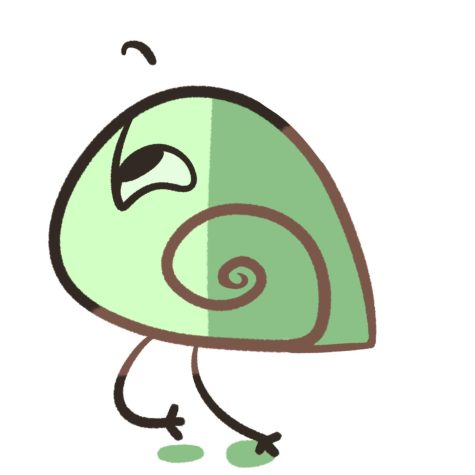
Leila Bank
A CHS junior expresses her emotions and passions through poetry.
January 11, 2023
 As the city’s sky grows dark and people get ready to sleep, Leila Bank is in her bed articulating her thoughts into words which then become poems. Bank found refuge words amidst the pandemic, which significantly impacted her mental health.
As the city’s sky grows dark and people get ready to sleep, Leila Bank is in her bed articulating her thoughts into words which then become poems. Bank found refuge words amidst the pandemic, which significantly impacted her mental health.
“I didn’t really realize how bad it was until last year,” Bank said. “And how bad it affected me, but now I’m working on healing.”
Bank uses poetry as a way to write down everything that crosses her mind: her feelings, experiences she has gone through, emotions attached to people and memories. Poetry offers an array of healing capabilities, and Bank finds that writing can help her understand her feelings and share them with the world.
“When they’re in your head, it’s hard to distinguish why you’re feeling the way you are,” Bank said.
Initially Bank hated poetry, disliking the confinement of schools’ poetry curriculums. The ‘correct’ or ‘incorrect’ way to interpret poetry and the feeling of teachers constantly looking for the right answer is something that made Bank feel invalidated. But during her sophomore year, she stumbled upon the poetry world in a more positive way through CHS’s poetry club.
“[My friends] both went to poetry club, so I just went with them and that was when I started actually writing poetry,” Bank said.
While the poetry Bank creates remains mostly personal, she finds comfort and enjoyment being in that space with others who create poetry as well.
“Even though poetry is really for yourself, I think whatever you write doesn’t have to make sense to anyone except for you,” Bank said. “There is something so nice about sharing [your poetry] with a group of people. It might not make sense to them, but they acknowledge that it’s not supposed to make sense to them.”
Writing for Bank typically begins with a single line stuck in her head— which she immediately writes down. Undoubtedly, the rest of the poem comes along after it. Metaphors, repetition and thinking visually are all a part of Bank’s process.
“Whenever I think of a feeling it has a different physical feeling attached to it,” Bank said. “It’s sort of like how people think that math is red and science is green.”
In addition to trying to decipher her thoughts, Bank expresses her love for the feeling wheel discovering how helpful it is. Six core emotions (sad, mad, scared, joyful, powerful and peaceful) border the outside, while the inside wheels feature more specific emotions, such as shame, hostility, helplessness or pride. While poetry is a creative and emotional outlet for Bank, therapy has been a large help in Bank’s mental health journey. More often than not, poetry and therapy intertwine as Bank recites her poetry to her therapist.
“I love reading them to her because a lot of the time, I don’t know how to articulate what I’m feeling with words that are supposed to make sense,” Bank said. “I read them to her so that she understands [what I feel] because she’s also a creative person.”
Length varies depending on what Bank chooses to write about. Longer poems are written when she’s undergone an experience that changed her outlook on things. For example, Bank used her experience from last year’s forum day to write a poem about changing perspectives. At other times, smaller length poems can sometimes consist only of two lines.
“Some people would say that’s not enough for a poem, but I disagree,” Bank said. “A poem can be whatever you want it to be.”

